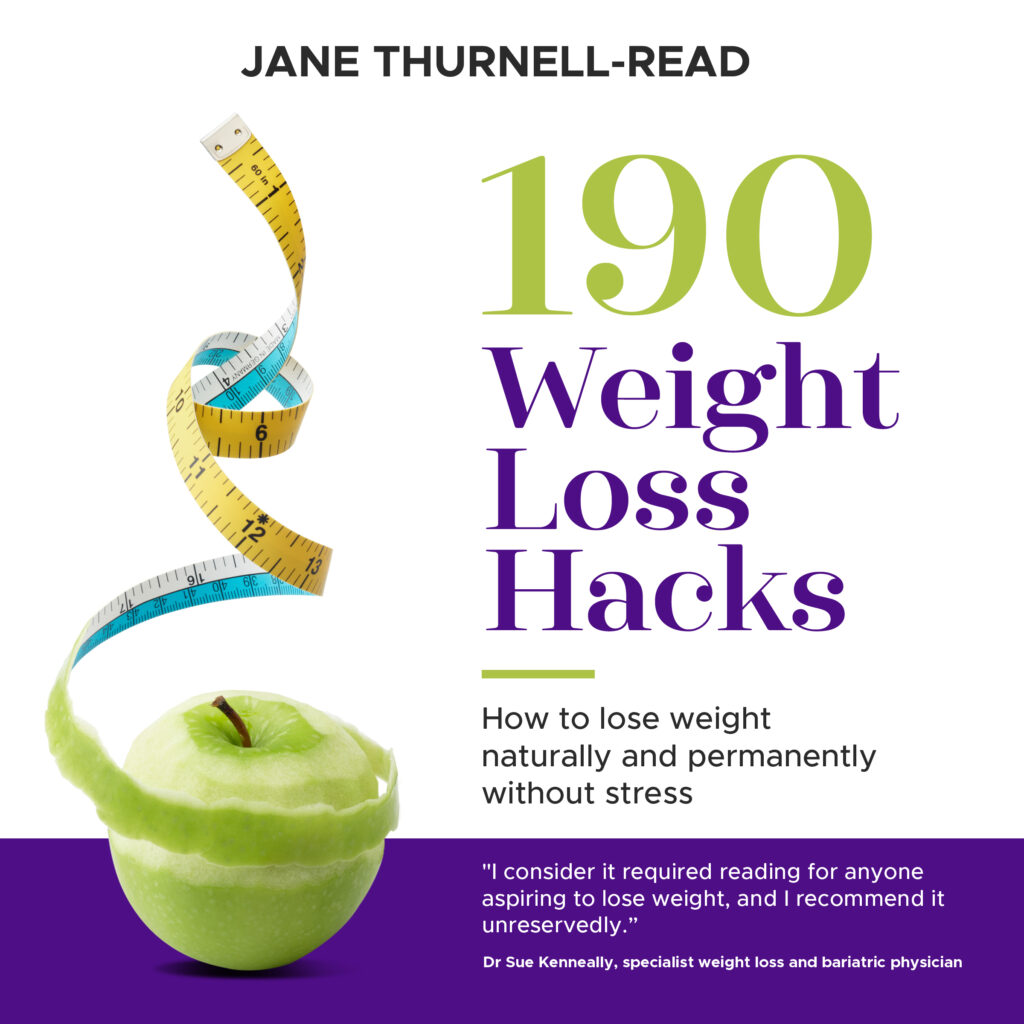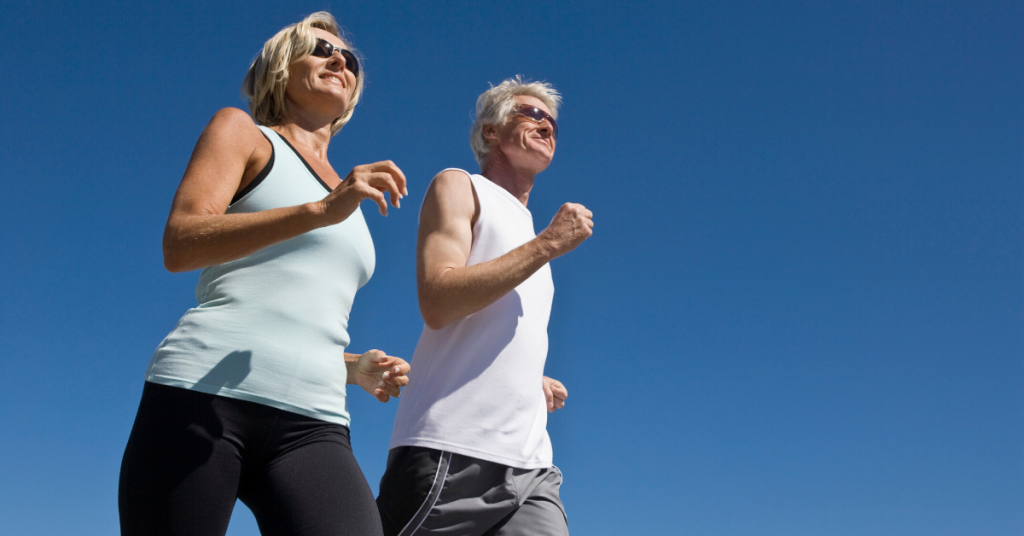Did you know that each day most of us take between 3,000-4,000 steps? And that’s just not enough. Experts say that we should aim to take 10,000 steps to maintain a healthier lifestyle. Increasing to 10,000 steps a day will burn between 2,000 and 3,500 extra calories per week, which will result in achieving a vastly better health profile and longer lifespan.
If 10,000 steps seem too much at least to start with, don’t worry. Research has shown that you can get real health benefits from 7000 steps a day:
The good news for everyone is that the evidence is building to suggest that doing less than 10,000 steps is still good for your health. The most recent large study [2021], led by the University of Massachusetts, followed over 2,000 middle-aged adults from different ethnic backgrounds over a period of 11 years. The researchers found that those taking at least 7,000 steps a day had a 50 to 70% lower risk of dying during the study period compared with those taking fewer than 7,000 steps a day.
Increasing your steps without going for a walk
Many people hate the idea of taking exercise. If you’re one of them, try adding accidental steps to your normal activities. You can easily start to increase the number of steps you take by making simple changes:
- Get up to change the TV rather than using the remote
- Park further from the entrance in the supermarket car park
- Take a walk around the local park or your garden/yard
- Walk rather than take the car on short journeys
Simplyhealth recommends you do your weekly shop in a spiral:
“If you do your weekly grocery shop at one of the larger supermarkets, then there’s plenty of opportunity to cover lots of ground! Going up and down the aisles one by one can add quite a few steps by itself, but why not get a bit more creative? Start on the left of the shop, walk all the way up the aisle, and then cross the length of the shop, walking to the furthest aisle on the right. Walk down said aisle and then cross the shop again to get to the second aisle in on the left. Repeat the pattern until you make it to the centre!”
These are very small changes that won’t add up to a lot. After a few weeks of this, you need to make a much more determined effort to walk further if you want to get close to 10,000 steps a day.
You probably won’t be able immediately to do 10,000 paces, if you’ve not been very active before. Most people find an increase of 500 paces a day is “do-able”, but if necessary build up more slowly. The important thing is that you make progress, take more exercise and enjoy the extra feel-good factor. You can also know that your heart and lungs and mental state are benefitting from your increased activity.
What are the health benefits of walking?
Dr Positano says in Why Walking Is Seriously Your Easiest, Most Sanity-Saving Exercise Now — Doctor Advice:
“Walking will improve your cardiovascular physiology. Your nerves are better served by the oxygenation created by walking. But as well, it strengthens muscles and ligaments and improves your muscular and skeletal health.”
The physical benefits are not the only benefits either. Researchers have shown that:
“walking for only 12 minutes, even without factors like sunshine, nature, social contact, or music, has the ability to lift your mood.”
Walking will improve your physical and mental health, particularly if you don’t normally take exercise.
How to walk well
Surprisingly many of us need to be taught this!
Stefani Sassos, MS, RDN, CSO, CDN, a Registered Dietitian, says:
“Focus on form: Walking itself doesn’t take much skill and is very natural, but certain posture and form cues can help enhance your walk. Focus on keeping your chin up and shoulders square. Your core should be activated and your back should be nice and straight. Most importantly, your glutes should be engaged with every step and try to think about tucking your butt inward. You’ll want to land on your heels and roll forward to push off of your toes with each stride.
“Pick up the pace: Walking in intervals is a great way to help you burn more calories and keep your walk interesting. When it comes to walking, there are three different types of paces: stroll (similar to window shopping, about a 3/4 difficulty on a scale of 10), brisk walk (making an effort here, about a 4/5 difficulty), and power walk (on a mission, about a 5/6 difficulty). Warm up with a stroll, then aim for a brisk pace throughout your walk, and push to a power walk pace every five minutes to get your heart rate up. See how long you can maintain a power walk pace for and then try to increase it by a few seconds every time you go out for your walk. Power walking for weight loss can make a big difference in your overall health.”
Sports scientist Joanna Hall has dedicated her career to coaching people in how to walk the way their bodies were designed to, which no longer comes easily in this sedentary, screen-based era.
“According to Hall, there are four common aspects we get wrong, and each has knock-on effects on the body. Firstly, instead of propelling ourselves forwards by pushing off with the back foot, like an ice-skater, we try to use our stepping foot to power us along. This is because sitting down too much has made our hip flexor muscles short and tight. Hall describes the necessary adjustment as the subtle difference between stepping into a space (wrong) and pushing off from a space, which will recruit the right muscles up the backs of your legs.”
Read about the other 3 aspects walkers often get wrong in this Guardian newspaper article.
What shoes to wear for walking
The toe of most shoes, especially sneakers, bends ever so slightly upward. While that curve, called a toe spring, can make stepping more comfortable and easier, it may also weaken feet and potentially open them up to some common (and painful) foot-related problems.
Harvard University evolutionary biologist Daniel E. Lieberman says:
“It stands to reason that if the foot muscles have to do less work, then they’re probably going to have less endurance given that many thousands of times a day you push off on your toes.”
This potential weakness could make people more susceptible to medical conditions like plantar fasciitis — a common, hard-to-repair, and painful inflammation of the thick, web-like band of tissue that connects the heel bone to the toes.
Walking in shoes with comfortable features such as a toe spring appears to have an associated cost. It may well be worth exploring more barefoot shoes.

“The advice is transformational, offering effortless lifestyle adjustments that seamlessly fit into my daily routine.”
Walking using music
Walking with music can help some people enjoy it more.
Marlene Rego offers advice in finding the ultimate walking playlist, giving you the right beat to help you keep to a pace and burn more calories.
A mood-boosting podcast from Scotland’s walking charity, Paths for All. It’s called The Mind to Walk podcast, narrated by DJ and presenter Edith Bowman. She talks you through a walk that will relax your mind as you move your feet. IT uses mindfulness techniques to help people look after their mental well-being whilst getting their daily exercise
How to buy the best pedometer/fitness tracker for you
One of the best ways to motivate yourself is to buy yourself a pedometer for walking (or a fitness tracker that incorporates a pedometer).
One happy user told me this:
“Having a Fitbit changed my life, sounds extreme but I didn’t realise how little I moved around until I started tracking my steps. Even on lazy days I still want to achieve my minimum step count. I used to jump in the car to go to the local shop and now I walk and take the long way round. I love checking my daily stats, being competitive against myself and joining in with daily and weekly challenges with others.”
Her idea of being competitive against herself is really important. Don’t beat yourself up because you are not doing as much as other people. Don’t focus on losing weight as the sole purpose of exercising. Take time to enjoy it and incorporate it into your life for all the physical and mental health benefits it can give.
You can buy a very cheap, simple pedometer. That may be the place to start. Then, as you get into it, ask for a fitness tracker for a Christmas or birthday present.
Some people find they feel more motivated if they buy a more expensive model, because they don’t want to waste the money they’ve spent by not using it.
The website The Best Pedometers offers this advice:
“First, ask yourself whether a basic step counter is right for you or whether you want a more feature-packed fitness tracker. Such devices typically include capabilities such as sports and sleep tracking, along with heart-rate monitoring. They can also upload the data they record to apps and websites so you can monitor your progress over time. But if you just want to keep track of your walking habits, a simple pedometer is your ideal companion.
What key features should I look out for?
One important thing to check is the battery life and what kind of battery it uses. Almost all basic pedometers will have a replaceable battery that lasts for several months; fitness trackers tend to have a rechargeable battery that will usually only last a week at most before a top-up is needed.
What types of pedometer are there?
Fitness trackers tend to be worn on the wrist, and there are plenty of pedometers that use a similar design – but if you want to save that space for something more stylish, you can also find pedometers that can be clipped onto your belt, put in a pocket or even kept in your bag. Just make sure you always have it with you or you’ll miss out on steps.
If you’re children see you being more active, they may want to join in. You can encourage them more by buying them a pedometer of their own.
Training for a competitive walking event
You never know you might enjoy walking enough to want to walk a marathon. Wendy Bumgardner, who has participated in more than 1000 walking events, says:
You don’t have to be a runner to complete a marathon. Many walkers set a goal of walking the 26.2-mile competition, which can generally be achieved in six to eight hours (or more) at a walking pace. While walking a marathon may not be as laborious as running one, dedicating yourself to proper training is essential to achieving this goal.”
She offers a 19-week training programme for walking a marathon.
Try walking backwards
Once you’ve incorporated walking more regularly into your life, you may want to start walking backwards – not all the time! Jack McNamara is a Lecturer in Clinical Exercise Physiology, University of East London (UK). He says:
One of the most well-studied benefits of walking backwards is improving stability and balance. Walking backwards can improve forward gait (how a person walks) and balance for healthy adults and those with knee osteoarthritis. Walking backwards causes us to take shorter, more frequent steps, leading to improved muscular endurance for the muscles of the lower legs while reducing the burden on our joints.
He says that in the interest of safety, it’s best to start indoors where you won’t crash into someone or outside in a flat, open area:
“Resist the urge to contort your body and look over your shoulder. Keep your head and chest upright while reaching back with your big toe for each step, rolling through the foot from toe to heel.
“Once you become more confident walking backwards, you can begin to speed things up and even transition to a treadmill, being sure to use the guide rails when necessary. If using weights, start light. Focus on multiple sets rather than prolonged distances, and remember to maintain the integrity of your technique over no more than a 20-metre distance to begin with.”
Weight Loss
Naturally And Permanently Without Stress
- Research-based information about what works
- Simple mind-set changes
- Strategies you don’t already know

Healthy Ageing
Unlocking the Secrets to Longevity
- Research-based information to give you hope and inspiration
- Simple changes you can make now
- Information you don’t already know

Menopause
Stop Hot Flashes And Lose Weight
- Research-based information you need to move forward
- Get back in control of your health
- Practical proven strategies to love well

-
Dementia doesn’t have to be your destiny
Dementia is a term for several diseases that affect memory, thinking, and the ability to perform daily activities. The illness gets worse over time. It mainly affects older people but not all people will get it as they age. Are…
-
Do coloring books reduce stress? What does the research say
Adult coloring books have become extremely popular over the last few years. They range from simple, cosy and cute scenes reminiscent of kids colouring books to animal zentangle books with intricate patterns of mandala and animals. Some include quotes and…
-
How to deal with fat shaming: strategies for confidence and resilience
Fat shaming doesn’t help people lose weight. In fact, it may well do the opposite – stop them losing weight or even mean they put weight on.




